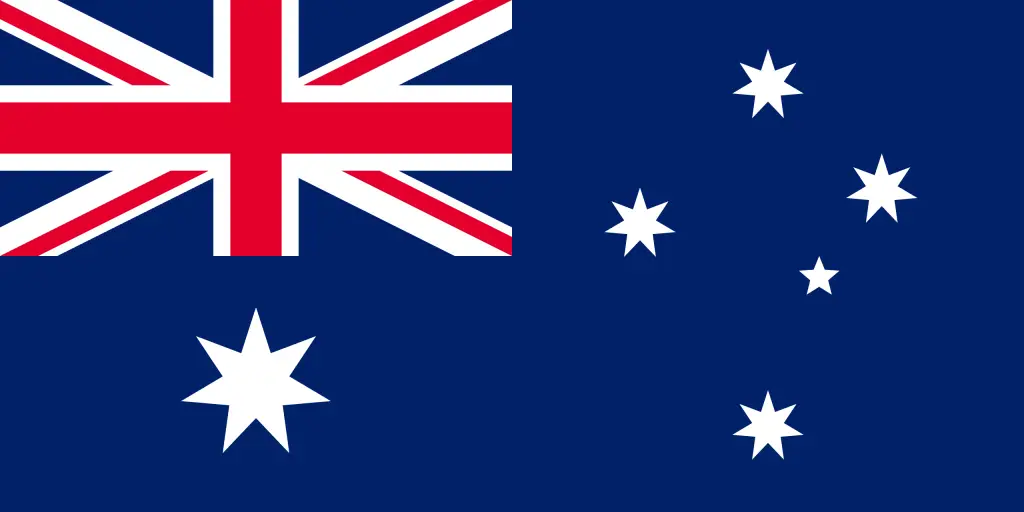Country Information
| Sovereign State | Yes |
| Country Codes | TL, TLS, 626 |
| Official Name | Democratic Republic of Timor-Leste |
| Continent | Asia |
| Capital | Dili |
| Government Type | Semi-Presidential Republic |
| Currency | United States Dollar (USD) |
| Calling Code | +670 |
| Member Of | United Nations, Community of Portuguese Language Countries, ASEAN (observer) |
| Population | Approximately 1.3 million |
| Total Area | 14,874 km² |
| Highest Point | Mount Ramelau (2,963 meters, 9,721 feet) |
| Lowest Point | Timor Sea, Savu Sea, and Banda Sea (0 meters, 0 feet) |
| GDP Per Capita | USD 1,338 |
| Life Expectancy | 69 years |
| Internet TLD | .tl |
Timor-Leste National Anthem
Pátria (Fatherland)
Fatherland, fatherland, East Timor our Nation.
Glory to the people and to the heroes of our liberation.
Fatherland, fatherland, East Timor our Nation.
Flags of Neighboring Countries


History of the Timor-Leste Flag
The national flag of Timor-Leste was officially adopted on May 20, 2002, the same day that Timor-Leste declared its independence from Indonesia. The flag is one of the most significant symbols of the country’s struggle for sovereignty and its identity as a nation.
The flag consists of a red field with a black isosceles triangle based on the hoist side, overlaid with a slightly smaller yellow triangle, and a white five-pointed star in the center. The red color represents the struggle for liberation, the black symbolizes the obscurantism that needs to be overcome, yellow stands for the traces of colonialism in Timor-Leste’s history, and the white star symbolizes peace.
The flag’s design is deeply rooted in the country’s history of resistance against colonial rule. It was originally adopted by the Revolutionary Front for an Independent East Timor (FRETILIN) during the struggle for independence from Portugal and later against Indonesian occupation.
The adoption of the flag upon independence was a significant moment for Timor-Leste, symbolizing not only the country’s political and social liberation but also its cultural and historical identity. The flag is a source of pride for the Timorese people, embodying their resilience, unity, and hope for a peaceful and prosperous future. It is a reminder of the sacrifices made for independence and the ongoing journey of nation-building.

